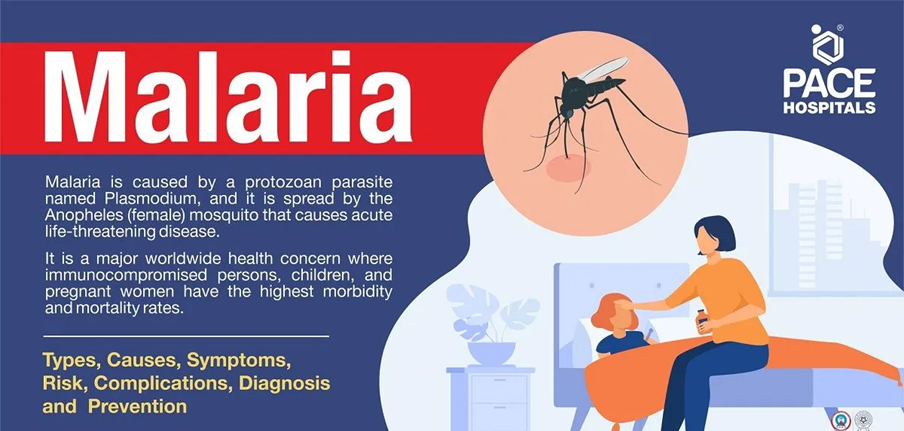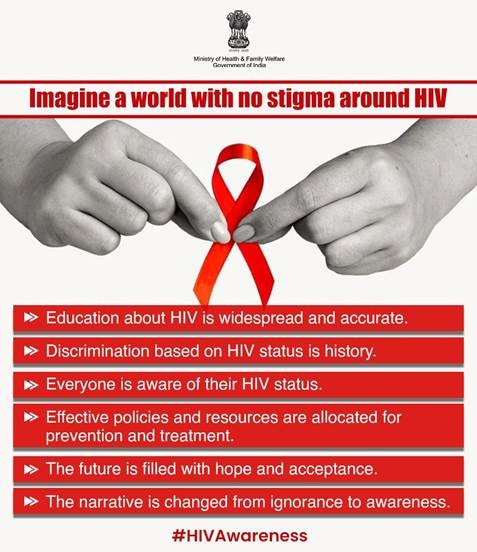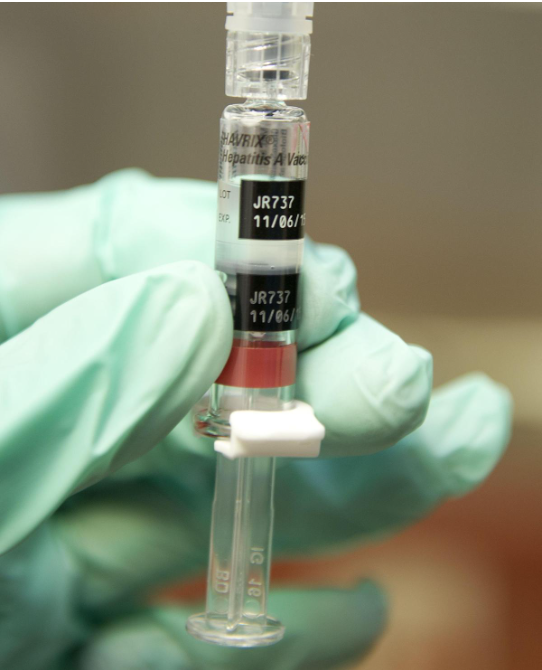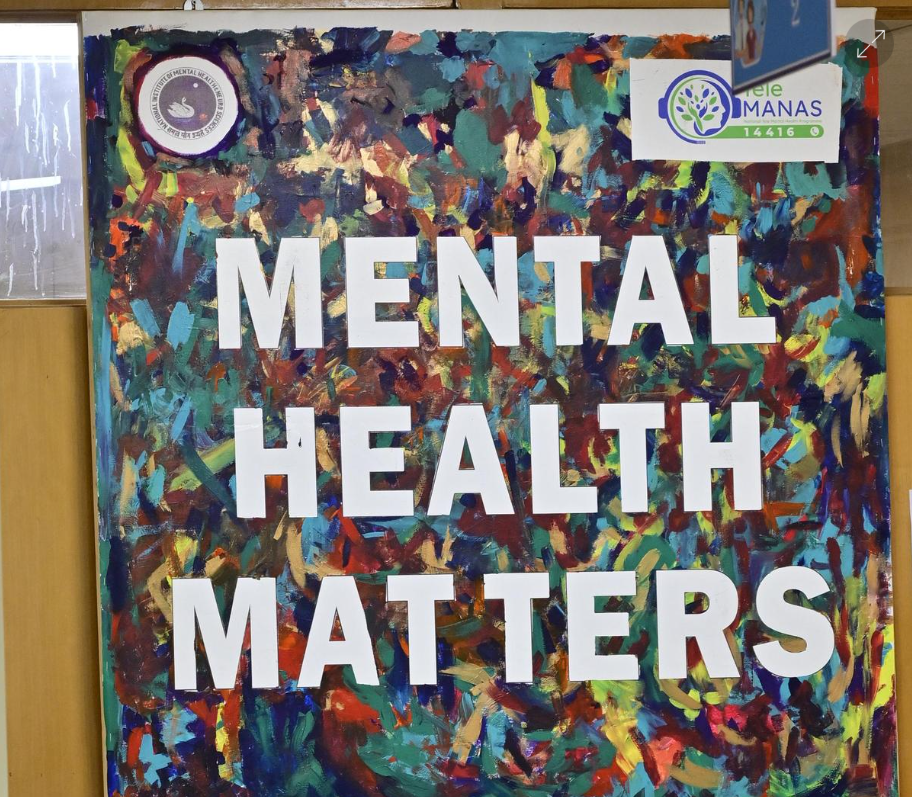





Copyright infringement not intended
Picture Courtesy: www.pacehospital.com
Context: The World Malaria Report's findings about India showcase a positive trend in India's fight against malaria, contrasting with global trends of increasing cases and deaths due to the disease.
Key Findings of the report
India's Success Factors
|
Key Takeaways: ●India achieved a significant 30% decline in malaria cases and a 34% decline in deaths in 2022 compared to 2021. ●India’s performance is opposite to the global trend, which saw 5 million additional cases in 2022, reaching a total of 249 million. ●Pakistan contributed the highest increase (2.1 million) due to widespread flooding. ●India currently accounts for only 1.4% of global malaria cases. |
Climate change poses a considerable threat to malaria control efforts:
Need for Enhanced Surveillance
Challenges Ahead
To achieve the goal of malaria elimination by 2030 and sustain progress:
|
Malaria ●Malaria is caused by parasites transmitted through the bite of infected Anopheles mosquitoes. These tiny creatures inject the parasites into bloodstream, kickstarting the infection. ●Five different Plasmodium parasite species can cause malaria in humans: falciparum, vivax, ovale, malaria, and knowlesi. Each has its characteristics and can cause varying degrees of illness. ●The hallmark symptom of malaria is cyclical fever, often accompanied by chills, sweating, headache, muscle aches, fatigue, nausea, and vomiting. These typically occur 10-15 days after the bite but can take up to a year to appear. ●If left untreated, especially falciparum malaria, the infection can progress to severe complications like organ failure, coma, and even death. Early diagnosis and treatment are crucial to prevent such outcomes. ●Despite its devastating impact, malaria is preventable and curable. The World Health Organization, along with other organizations and researchers, are working tirelessly to develop new vaccines, drugs, and diagnostics, with the ultimate goal of eliminating this disease for good. |
Conclusion
Must Read Articles:
MALARIA: https://www.iasgyan.in/daily-current-affairs/malaria-2
|
PRACTICE QUESTION India, a country with diverse geographical features and climates, faces a significant challenge in controlling malaria. As a public health officer tasked with malaria control strategies, you are devising a plan to reduce malaria cases in a specific region. The region experiences seasonal outbreaks of malaria, predominantly due to Plasmodium falciparum. Your plan aims to implement effective control measures to curb the spread of the disease. Q. Which of the following control measures is most effective for preventing the transmission of malaria in the given region? A) Indoor residual spraying (IRS) with insecticides B) Distribution of insecticide-treated bed nets C) Vaccination campaigns against malaria D) Health education programs in schools Answer: A Explanation: A) Indoor residual spraying (IRS) with insecticides is an effective strategy to target malaria vectors. Spraying insecticides on the interior walls of houses in high-risk areas significantly reduces the population of mosquitoes that carry the malaria parasite, thereby lowering transmission rates. B) Distribution of insecticide-treated bed nets is also a preventive measure, especially in areas with high mosquito density. The nets provide a physical barrier against mosquito bites and, when treated with insecticide, further reduce the chances of transmission during sleep. C) Vaccination campaigns against malaria are still under development and are not currently part of the primary preventive measures against malaria. While research on malaria vaccines is ongoing, no highly effective vaccine is widely available for routine use as of now. D) Health education programs in schools are crucial for raising awareness about malaria prevention and control. Educating communities about the importance of using bed nets, eliminating mosquito breeding sites, and seeking timely medical care upon symptom onset contribute significantly to control efforts. |






© 2025 iasgyan. All right reserved